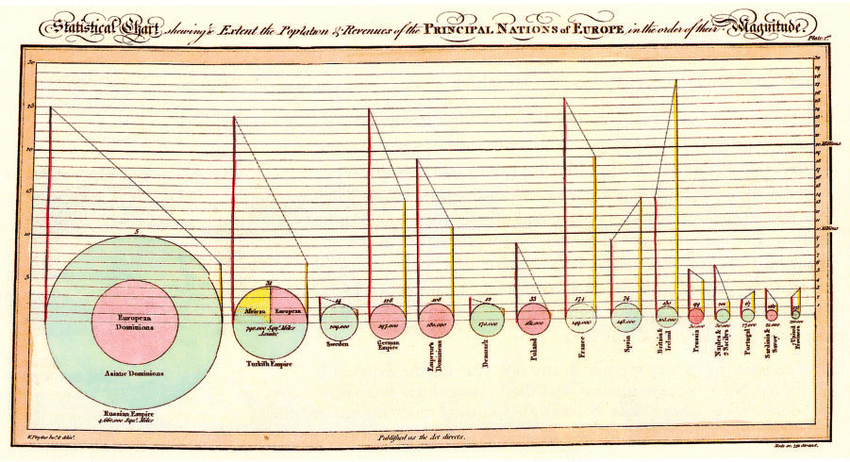Ever Wondered How Society Made Sense of Data Before the Age of Computers?
Early Statistics and Historical Events
The early focus on historical events in the development of statistics can be traced back to the origins of the discipline. The word "statistics" comes from the term "statecraft," which is the art of governing a state. Early statisticians were often tasked with collecting and analyzing data that would help rulers understand the resources, demographics, and other important aspects of their territories. This data was historical in nature, as it looked at past events and trends to inform decisions about the future.
Before the age of modern technology, data was limited to what could be observed and recorded by hand. As a result, much of the data that was collected was based on significant events – births, deaths, marriages, wars, famines, and so on. These events were easier to document and provided a clear record of what had occurred in the past.
1800s: The Age of Basic Tools
Hand-Drawn Graphs
Long before the invention of electronic spreadsheets, people relied on hand-drawn graphs to visualize data to provide perspective on hisotrical events. William Playfair, a Scottish engineer and political economist, is credited with inventing various types of graphs like the line graph, bar chart, and pie chart in the late 18th century.


The Birth of Averages
The concept of the "average" became a popular tool for summarizing data. Simple measures like mean, median, and mode were the go-to metrics for understanding large datasets. These were especially useful in fields like astronomy, where data points were collected manually through telescopic observations.
Census Taking
Governments started to realize the importance of data for governance and began conducting censuses. The data collected was usually tabulated manually and used to make informed decisions about resource allocation.

Probability Theory
The 19th century also saw significant developments in probability theory, spurred in part by interests in games of chance. This laid the groundwork for more complex statistical analysis in the future.